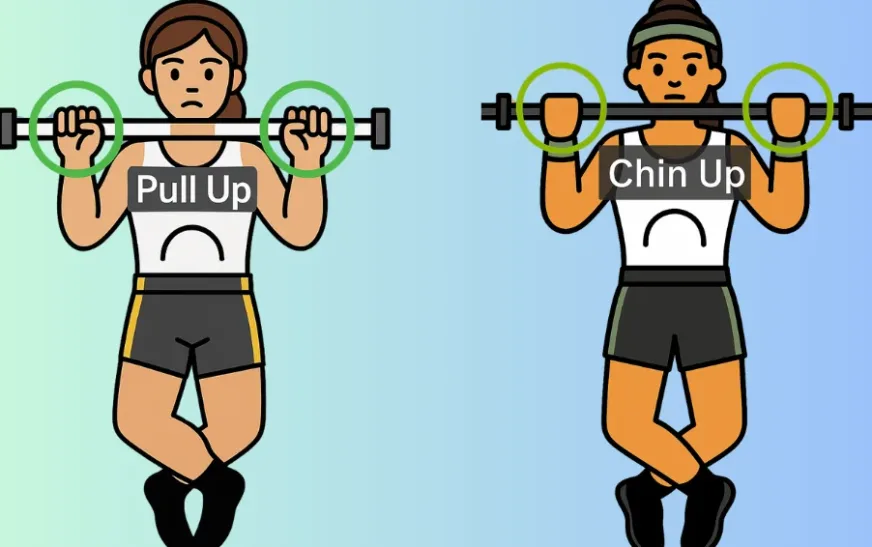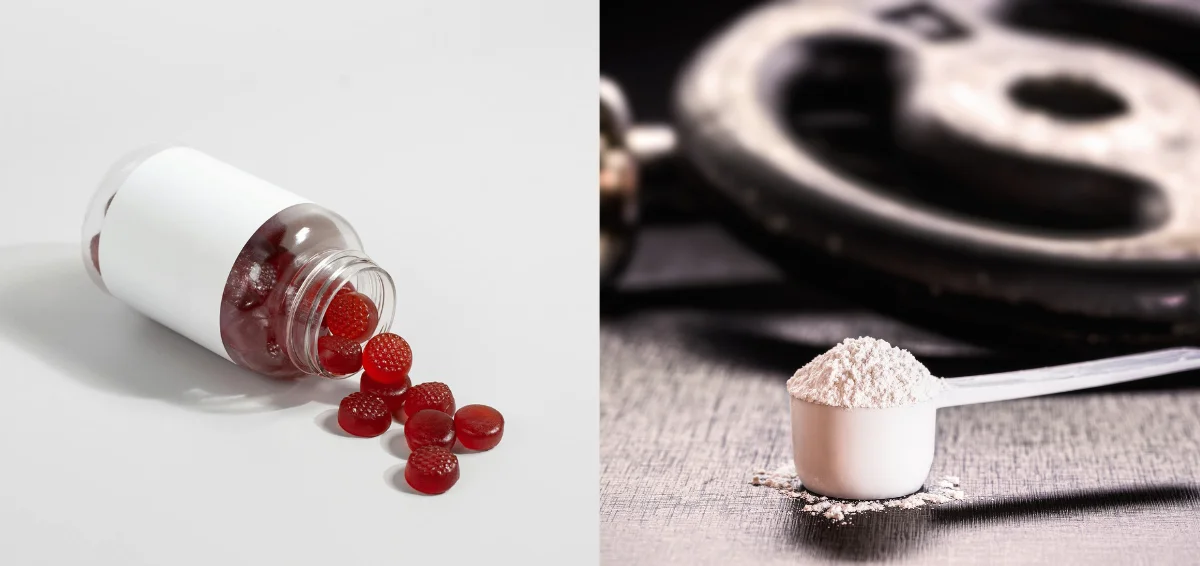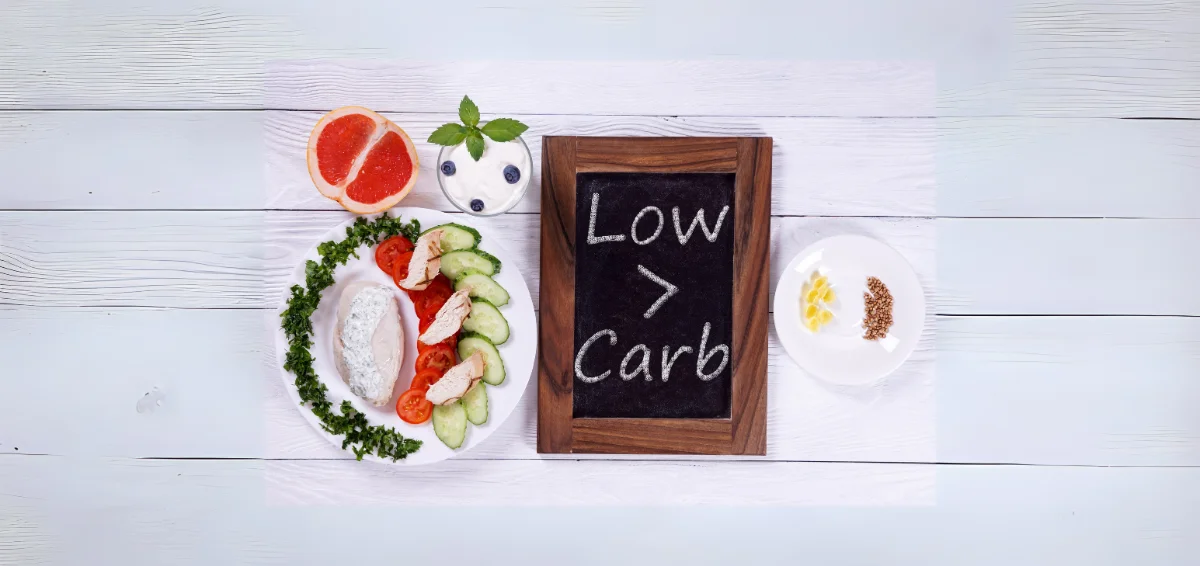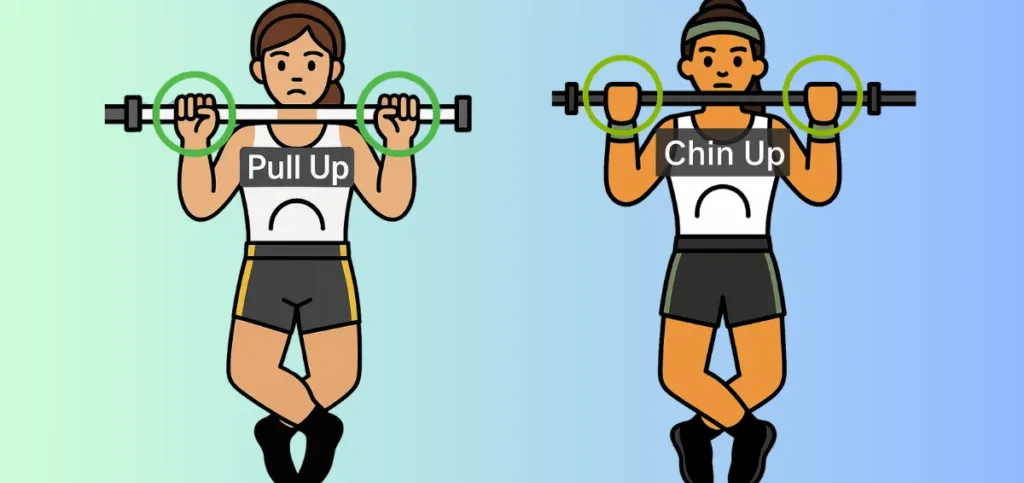
Pull-ups challenge your arm, shoulder, and back muscles. They enhance your fitness, body strength, and physical and mental health. Some important variations of pull-ups are Neutral pull-ups, Grid pull-ups, and Assisted pull-ups.
Chin-ups help you build specific muscle groups. Chin-ups mainly help in developing the strength of the latissimus dorsi, biceps, and upper back. This, in turn, leads to higher upper body strength and muscle definition. You only need a sturdy bar to do chin-ups.
To make an exercise effective, you must do it in the correct form. Doing an exercise using the proper form and technique will also keep you free from injuries. This also ensures that the right muscles are doing their part to facilitate the desired movement.
Chin-Ups Vs. Pull-Ups: A Closer Look
They use different mechanisms: Chin-ups are done with supinated grips, which means that in this case, as you hold the bar, your palms face you. Your hands are kept shoulder-width apart or a bit closer. Your elbows are drawn down and back, activating shoulder extension and engaging the posterior deltoid and teres major muscles.
Chin-ups mainly strengthen the lats. They get significant help from the biceps due to the hand positioning. As this takes some work off the lats, you may find it is easier to do chin-ups than pull-ups.
Pull-ups, by contrast, are performed using an overhand grip. In this case, your palms face away from you, and your hands are kept slightly wider than shoulder-width apart. Your elbows are drawn down and back along your sides, engaging shoulder adduction. This helps in training the lats and upper back in a different way than chin-ups. Lats, rhomboids, traps, shoulders, posterior deltoids, and brachialis are used in pull-ups. As chin-ups involve an overhand grip, your lats do the majority of the work in this case. The biceps do not help that much.
Pull-ups are considered harder than chin-ups: Pull-ups are often more challenging than chin-ups because they put greater emphasis on the lats and involve less help from the biceps.
Must Read: Scapula Pull-Ups
Similarities Between Chin-Ups and Pull-Ups
- Muscle Engagement: Both chin-ups and pull-ups help in developing the latissimus dorsi (lats), rhomboids, trapezius, biceps, and forearms.
- Grip Strength: Both chin-ups and pull-ups enhance the strength of your hands and forearms, leading to improved grip.
- Functional Movement: Both chin-ups and pull-ups help in improving your overall strength.
- Upper Body Strength: Chin-ups and pull-ups are effective for building muscle mass and boosting overall upper body strength.
Chin-Ups: Muscles Worked, How To Do, and Benefits
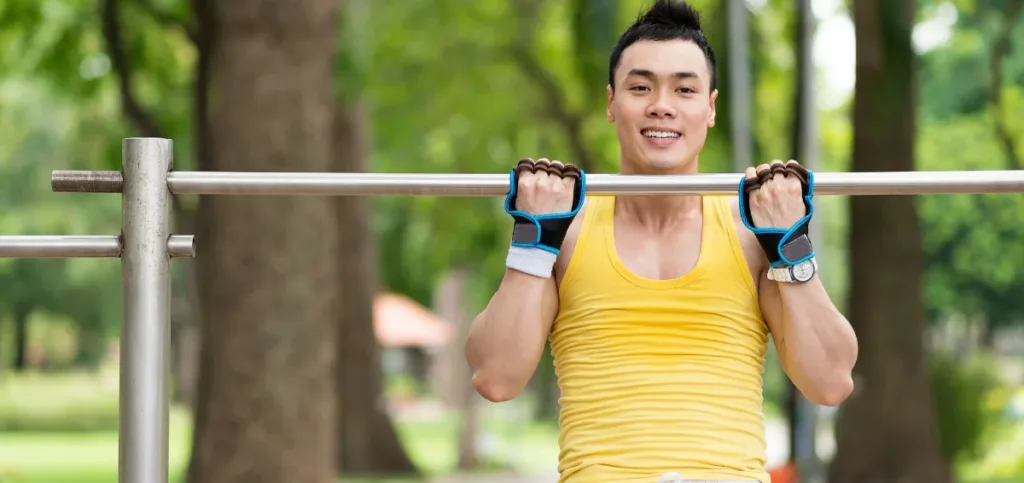
Muscles Worked
- Lats (Latissimus Dorsi): In chin-ups, the primary muscle worked is the upper back.
- Biceps: This is the main muscle in the upper arm that helps in pulling the body up.
- Shoulders: Shoulders help to stabilize movement and engage in pull-ups.
- Forearms: These assist in gripping the bar and contributing to the pull-up.
- Abs: The abs play a crucial role in stabilizing the core during exercise.
How to Perform Chin-Ups?
- Hang while holding the bar with a firm grip. Face the palms towards you.
- Pull the shoulder blades down and back.
- Pull your elbows down and back.
- Get your chin over the bar while maintaining a neutral spine.
- Slowly lower yourself down and repeat.
Benefits of Chin-Ups
- Muscle development and increase in upper body strength: Chin-ups help in developing multiple muscle groups in the upper body, including the latissimus dorsi (lats), biceps, brachialis, and rear deltoids.
- Higher grip strength: Because chin-ups challenge forearms and hands, they result in stronger grip strength.
- Improved functional strength: Chin-ups can help you increase your strength to do activities like pulling, lifting, and climbing in a better way.
- Higher core strength and stability: Since the core muscles are involved in the chin-ups, this helps in stabilizing the body and improving core strength and stability.
- Better Posture: Chin-ups help correct muscle imbalances in the upper back, improving posture and lowering the risk of back and shoulder pain.
- Easy to perform: Chin-ups are a convenient exercise suitable for people with various fitness levels. It can also be performed anywhere with a pull-up bar.
- Improved cardiovascular health: Chin-ups can provide cardiovascular benefits along with muscle strength.
Pull-Ups: Muscles Worked, How To Do, and Benefits
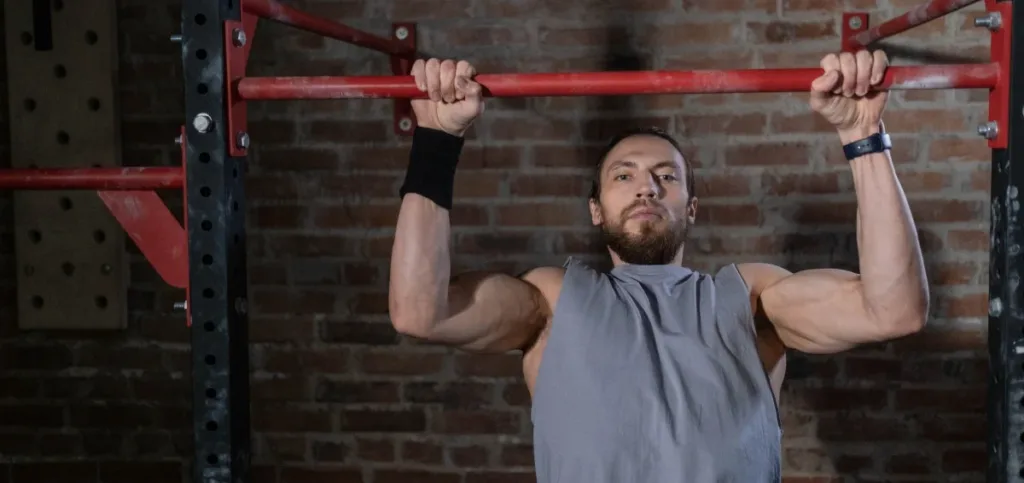
Muscles Worked
- Latissimus Dorsi (Lats): While doing pull-ups, the lats are the primary muscle group that works to pull the body upwards.
- Biceps Brachii: These muscles help in flexing the elbow and assist in the pulling motion.
- Rhomboids: Located in the upper back, these work to retract the shoulder blades.
- Trapezius: These muscles extend from the base of the skull to the upper back and assist in shoulder elevation and retraction.
How to Perform Pull-Ups?
- Hold the bar with a firm grip with palms facing away and hang.
- Pull the shoulder blades down and back.
- Pull your elbows down and back.
- Get your chin over the bar. Don’t arch your back excessively.
- Slowly lower yourself down and repeat.
Benefits of Pull-Ups
Major benefits of doing pull-ups are:
- Strengthened back muscles: Pull-ups strengthen latissimus dorsi, trapezius, thoracic erector spinae, and infraspinatus back muscles.
- Strengthened arm and shoulder muscles: Regular pull-ups can strengthen your arm and shoulder muscles, including those of your forearms.
- Better grip strength: Regular pull-ups enhance your grip strength. Grip strength helps you in lifting weights and doing better in sports like golf, tennis, rock climbing, and bowling.
- Higher body strength: Pull-ups lift your entire body mass. This helps in improving your body strength, overall health, bone development, and cardiovascular health.
- Enhanced physical health: Pull-ups make your physical health better. It helps in reducing visceral fat, managing type 2 diabetes, and reducing blood pressure, back pain, and discomfort related to diseases like fibromyalgia and arthritis.
- Improved mental health: Pull-ups can also help in reducing anxiety, cognitive functions, fatigue, and depression, and improving self-esteem.
Must Read: Vertical Pull Exercises
Variations of Pull-ups and Chin-ups
Chin-Up Variations
- Close-Grip Chin-ups: To emphasize bicep activation, you can try a close-grip chin-up by placing your hands closer together than in a traditional chin-up. However, this type of chin-up may not help in building grip strength.
- Assisted Chin-ups: As you begin your chin-up journey, you can look at using a resistance band or an assisted machine. This can help you to complete the exercise safely and easily.
Pull-Up Variations
- Wide-Grip Pull-ups: In this case, you place your hands wider than in traditional pull-ups. Lat engagement increases due to the change in hand placement, helping you to build a broader upper back.
- Neutral Grip Pull-ups: Keep your palms facing each other. This pull-up reduces strain on the wrists and shoulders.
- Assisted Pull-ups: As you begin your pull-up journey, you can look at using a resistance band or an assisted machine to complete the exercise safely and easily.
Pull-Up vs. Chin-Up: Which One Should You Do?
It is an excellent idea to include both chin-ups and pull-ups in your workouts if you are looking to build your upper body and back strength. The harder one doesn’t need to be better for you. It is better to make the choice based on your ability to perform the exercise in good form. That’s how only you will get the desired outcomes. You can make the choice based on the muscles you’d like to focus on in your workout.
Final Thoughts
Chin-ups and pull-ups both involve hanging from a horizontal bar and pulling your body up to it. They both strengthen the upper body and improve grip strength and core stability. The main difference between chin-ups and pull-ups lies in the hand position: chin-ups use an underhand grip (palms facing you), while pull-ups use an overhand grip (palms facing away).

